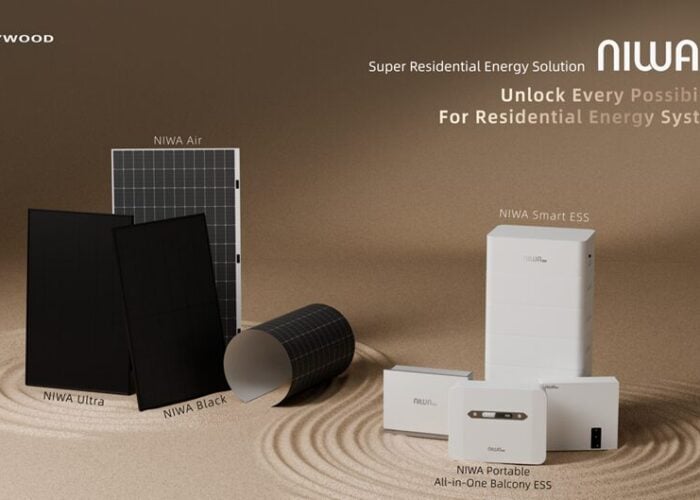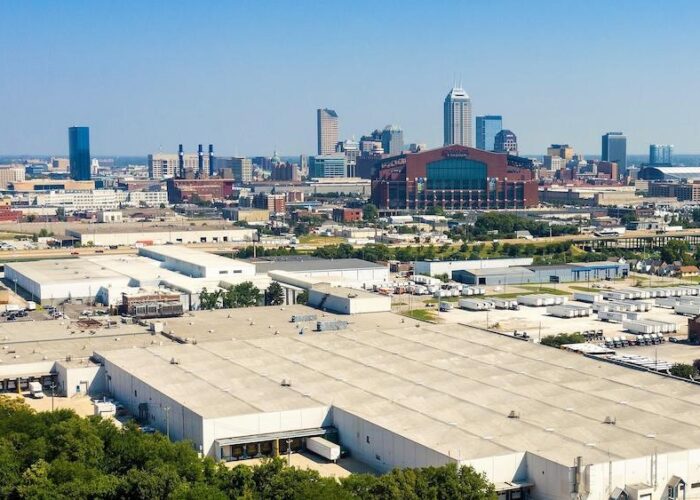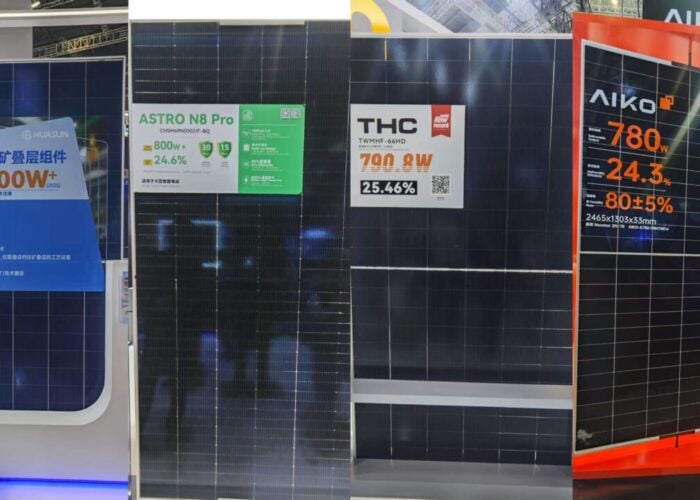
As more traditional PERC cells and modules reach their limitations, Seraphim president Polaris Li discusses his company’s strategy for what he dubs the ‘post-PERC’ era of solar PV.
Li says that while improvements will continue to be made to PERC cells, with materials and other technologies used to take efficiencies to 23.2% or higher, it is reaching its natural top-end, leading module manufacturers to adopt n-type technologies.
This article requires Premium SubscriptionBasic (FREE) Subscription
Unlock unlimited access for 12 whole months of distinctive global analysis
Photovoltaics International is now included.
Already a subscriber? Sign In
- Regular insight and analysis of the industry’s biggest developments
- In-depth interviews with the industry’s leading figures
- Unlimited digital access to the PV Tech Power journal catalogue
- Unlimited digital access to the Photovoltaics International journal catalogue
- Access to more than 1,000 technical papers
- Discounts on Solar Media’s portfolio of events, in-person and virtual
Li adds that Tunnel Oxide Passivated Contact (TOPCon) technologies will be the first to be adopted given that these are easier to add to existing PERC lines, followed in two to three years by heterojunction, however the industry must still find solutions to issues affecting materials, equipment and processes for HJT.







